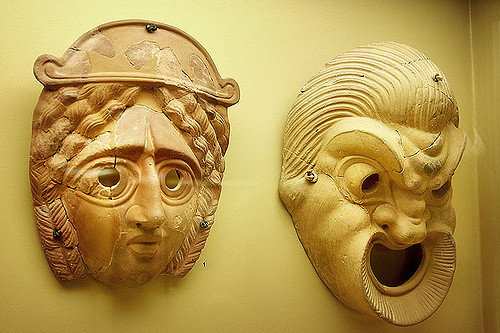12/13/17
As one of the most luxurious resort community of Roman Empire, Pompeii was filled with the population of 25000. The city was destroyed by lava because of the close-by volcanic action and was buried under the ash and pumice for about 1700 years. Pompeii was unearthed in the mid 1800s; the carbonized objects were discovered initially, followed by the interiors of the village and walls that were painted with landscapes and still lifes. Artist who were working on recreating the style of the wall paintings that were excavated mastered the skill of light and shadow via the process; the interior decor were mostly made of mosaic that covered the floor and ceilings, including walls. The entrance of a construction always included a mosaic of dog.
the basic idea of Roman city construction were took from Greece, therefore Roman architecture used Greek form and they developed different techniques from the basis. Roman architect widely used more creative structures like dome and vault (a example would be Pantheon, no poles inside the construction and a huge dome over the top). Concrete were especially popular and became more flexible in the period of Roman architecture; Roman architect developed concrete to be fit in more curved structures like arch.
The Colosseum was the largest public entertainment facility that seated over 50000 audiences. Like the theatron of ancient Greek theater, the huge uptrend circle construction was a classic example of such structure of Rome at that period. Each seat for the audience connected to a certain gate, the design was to allow the certain level of crowd flow. It is still one of the largest buildings in the world. The performances at The Colosseum happened to be a combat between men, and to reach the purpose of entertainment , fighters such gladiators or boxers, were going to fight to death. Up to forty gladiators died per day. It performed the execution of criminals and the combat of men and animals besides the gladiators battle; Men had to fight lions, bears or even elephants at close, until one of them was slaughtered.

















































